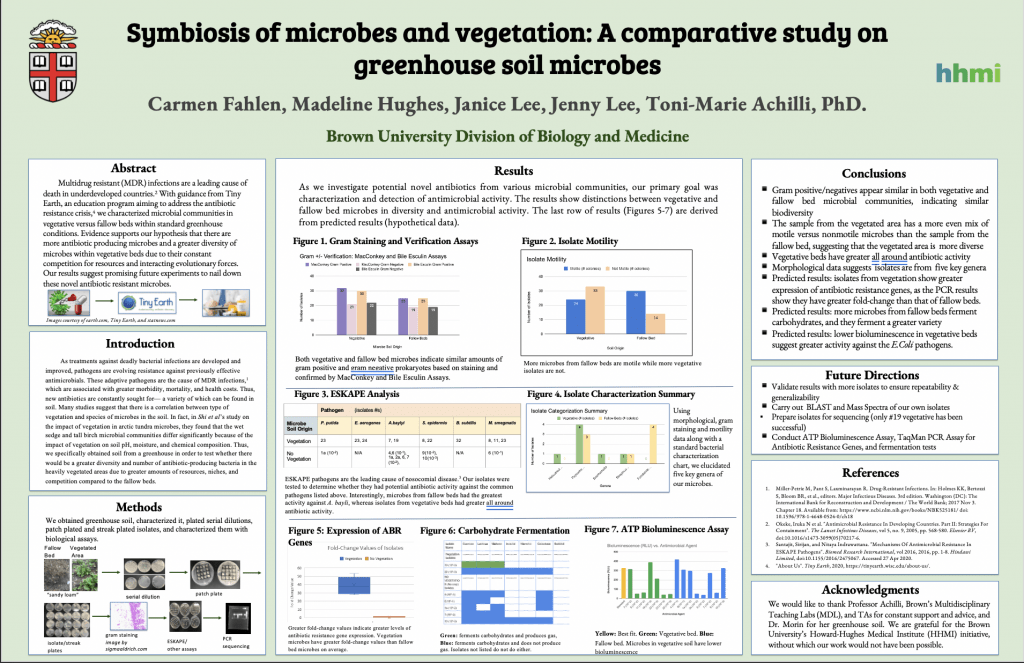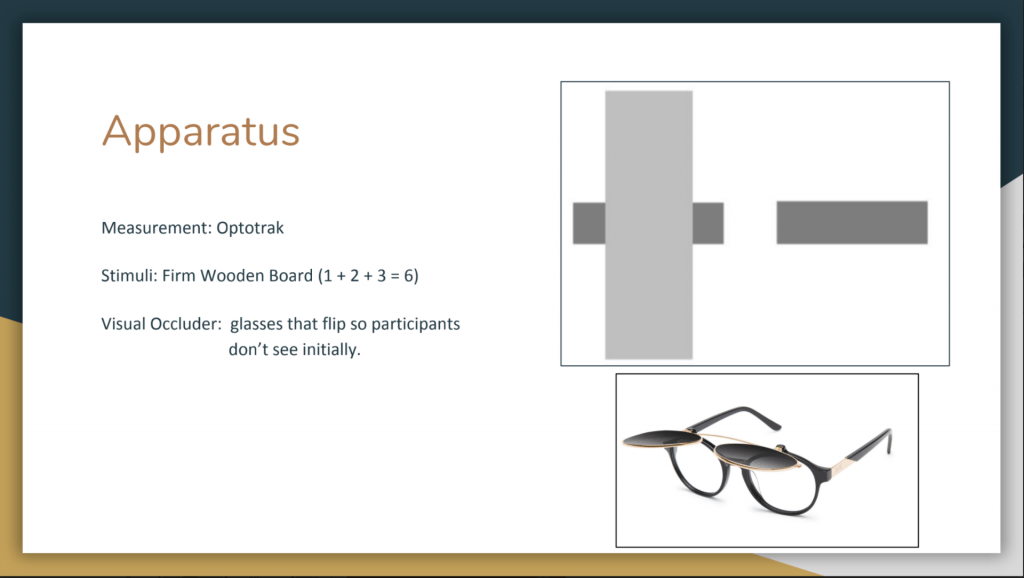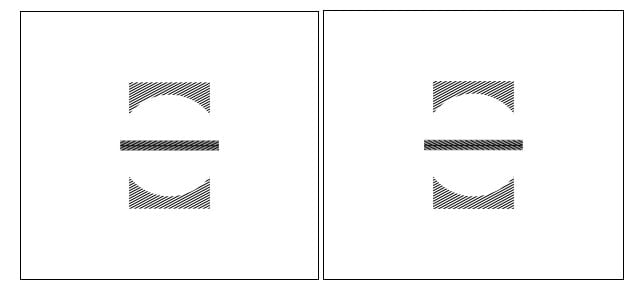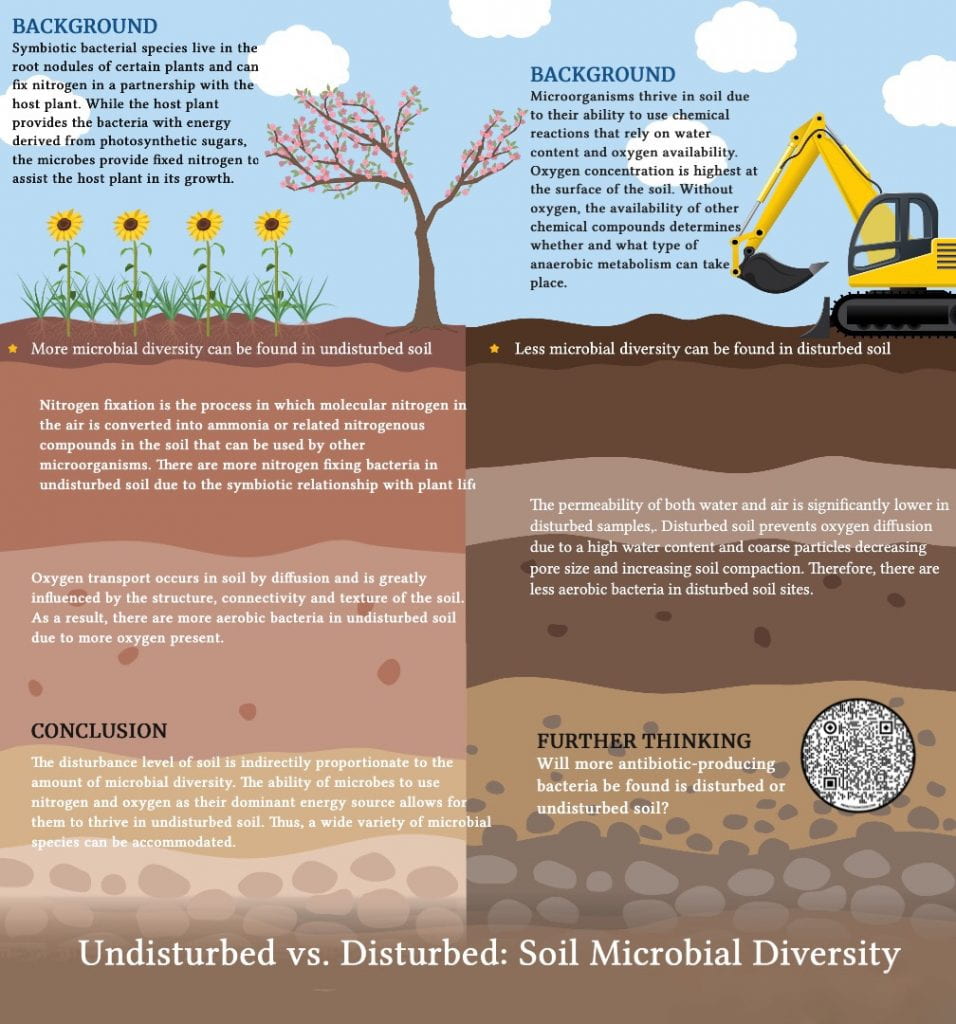Class: BIOL 0940G Antibiotic Drug Discovery: Identifying Novel Soil Microbes to Combat Antibiotic Resistance
Instructor(s): Dr. Toni-Marie Achilli
Student(s): Madeline Hughes (APMA-Bio ‘22), Janice Lee, Carmen Fahlen, Jenny Lee (Health and Human Bio & Contemplative Studies ‘21)
“The CURE class setup allowed us to experiment and carry out our investigation close to the path of a true scientist. With the evacuation, we continued to learn, research, and analyze our data critically with online resources and previous literature. CURE has definitely made research more accessible.”
–Jenny Lee
“This class allowed students to get a feel for independent research and research presentations. It was nice to have a class where we were not focused on test taking and instead were focused on gaining valuable lab skills. I found out about CURE through Course at Brown Website.”
–Madeleine Hughes
Description:
Our project addressed the growing problem of antibiotic resistance, and the use of soil microbes to find new classes of antibiotics. We wanted to observe the influence of vegetation on the diversity and number of antibiotic producing microbes in the soil. We found that under controlled greenhouse conditions, there was similar biodiversity in both crop (vegetative) and fallow beds, greater antibiotic activity among microbes from vegetation beds, and morphological data suggest our microbes are under five key genera. For the CURE online exhibit, we created a Kidz Project Starter brochure with step by step instructions on how to further investigate and explore our question.



